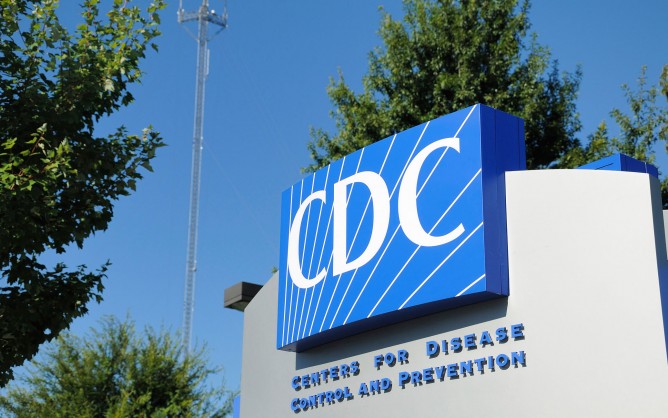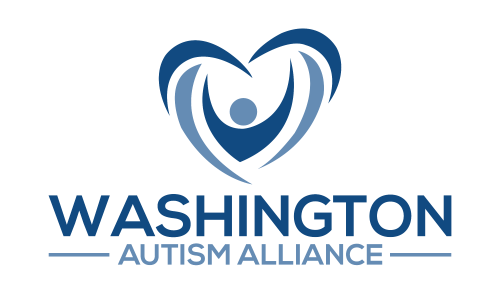The Centers for Disease Control and Prevention is currently seeking out research centers to participate in the next round of regular autism tracking efforts through its Autism and Developmental Disabilities Monitoring Network.

The Centers for Disease Control and Prevention said this month that it intends to begin collecting data on teenagers through its Autism and Developmental Disabilities Monitoring Network. (iStock)
Traditionally, the CDC has selected researchers at sites across the country to comb through health and educational records for 8-year-olds in their areas to assess how many qualify for an autism diagnosis. This data is then used to estimate autism prevalence, which was pegged at 1 in 59 children in the latest count released this spring.
More recently, the network expanded to include data on 4-year-olds as well as information on other conditions like cerebral palsy and intellectual disability.
Now, the CDC is eyeing teens. For the monitoring reviewing data from 2018 and 2020, the agency wants researchers at up to two sites to look at 16-year-olds who were previously identified as having autism symptoms in the network’s tracking when they were age 8.
“It’s essentially a follow-up on children who were first picked up by the surveillance system in 2010 or 2012,” said Matt Maenner, an epidemiologist who’s leading the CDC team that does autism surveillance. “This goal is basically to find out what’s happened to these kids since age 8.”
Maenner anticipates that the data collection on 16-year-olds will include a records review similar to what’s currently conducted for 8-year-olds. He said the CDC is waiting to receive proposals from interested researchers to know exactly what will be tracked, but he expects they will look at whether kids who were previously flagged are diagnosed with autism or something else as teens, if they have other health conditions and what types of services they are receiving at school and otherwise.
“Doing the 16-year-old follow-up I think reflects the incredible public health interest in what’s happening with autism in adolescents,” said Maenner who described the collection on teenagers as a pilot effort. “This is something we’re really excited about.”
In addition to teens, grants for the new round of monitoring will require all sites to track autism in 4-year-olds. Previously, only half of the research locations looked at younger children.
The CDC is expected to release its next autism prevalence estimates — based on data collected in 2016 — in 2020. That report will be the agency’s first to primarily rely on diagnostic criteria for autism adopted in the fifth edition of the Diagnostic and Statistical Manual of Mental Disorders, which took effect in 2013.
The first data on teenagers is likely to be included in the CDC’s 2022 and 2024 reports.
This article is originally posted by Michelle Diament | August 23, 2018
News Link: https://www.disabilityscoop.com/2018/08/23/cdc-expands-autism-monitoring/25404/


